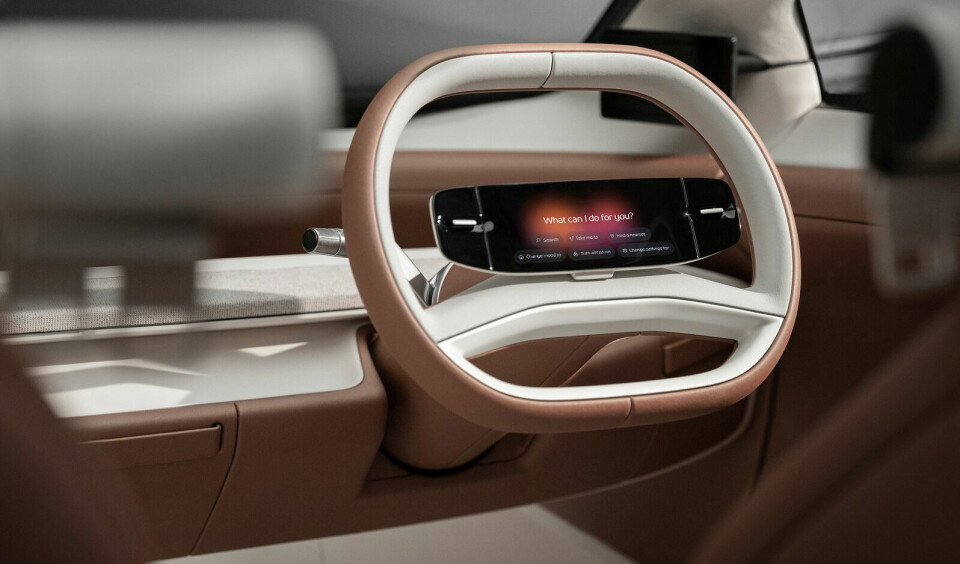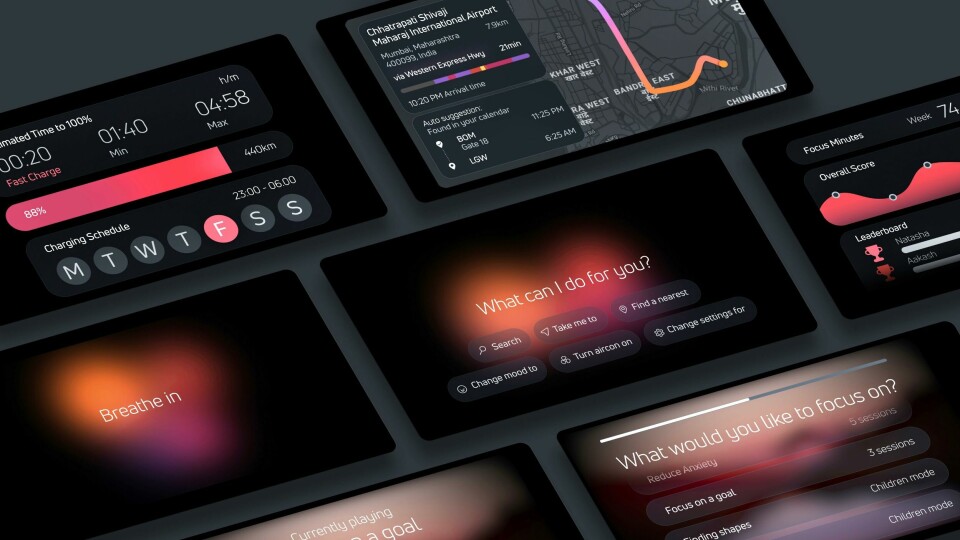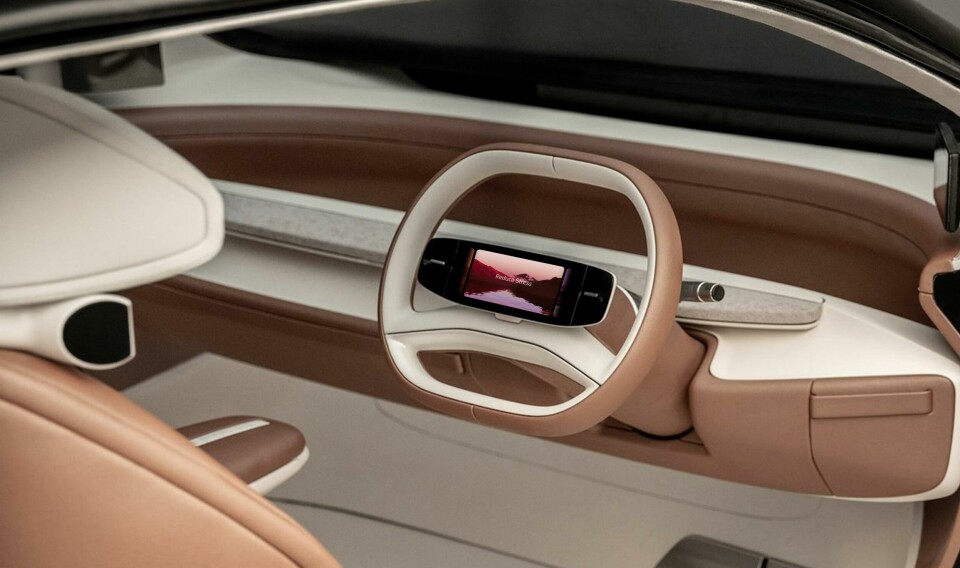
Tata UX lead talks design gimmicks and longevity
From ChatGPT to smart surfaces, Michael Nash talks to Tata’s Agnete Linikaite about the development of UX and trending interior design ideas
Agnete Linikaite grew up in Lithuania, where she was encouraged by her art teacher to pursue a love for drawing and creating. At 12 years old, she became fascinated with digital design, spending hours on Photoshop making illustrations and 3D models. She enrolled at Vilnius Academy of Arts, and afterwards moved to the UK to study industrial design at De Montfort University while simultaneously gaining work experience at JLR.

On completing her studies, she joined Jaguar as a human machine interface (HMI) designer before becoming part of the advanced interior design team, where she worked on concepts for several years. Agnete is now a senior UI/UX designer at Tata Motors. Her team focuses on the visual appearance and overall feel of the interface, as well as broader HMI design and creation of unique experiences within the vehicle interior.
CDN: What is the relationship like between your team and others that work on the interior of the car?
Agnete Linikaite: The goal is to create a coherent look and experience that aligns with the vehicle’s design philosophy, making close collaboration with other teams crucial. This process begins with drawing influences from the colour and materials (C&M) team to develop a colour scheme that complements the chosen colours and materials. Collaboration with the interior team is also essential to select the appropriate HMI that not only matches the interior theme, but also provide an exceptional user experience.
CDN: Are there any particular trends that are having an impact on your work, like autonomous driving or data security for example?
AL: The user experience of using HMI in autonomous driving scenarios will need to be reevaluated, as user behaviours will change while in the vehicle. Currently, the emphasis is on optimising driving functionality while minimising distractions. However, with the removal of the driving factor, entertainment and comfort features will become primary concerns, significantly influencing the content of the HMI.
Voice assistant features, up until this point, have had rather limited usability
CDN: What, in your opinion, is the single biggest challenge facing UX design at the moment?
AL: It is easy to get caught up in current design trends that do not stand the test of time, given the lengthy journey from production to the lifespan of vehicles. With displays taking the primary stage, I believe it is crucial for the brands to establish a strong visual language, follow timeless design principles, and ensure that all design elements have a reason for being and a precise purpose instead of merely following the latest trends.
CDN: Speaking of trends, we have recently seen several carmakers adopting ChatGPT and implementing it into their platforms. Is this useful for voice control, or do you think it is just a gimmick and a passing phase?
AL: I think it has the potential to greatly expand on voice assistant features, which, up until this point, have had rather limited usability. Whether it’s a trend or something that lasts will depend on how automakers implement it and how well it is executed. Solid voice recognition and reliable command response should be a priority, while ChatGPT could add to a more personal experience and relate well to the younger generation who have already adopted it.

CDN: What are your thoughts on buttons versus screens, and is there an optimum balance between minimalist interiors and functional design?
AL: There is no doubt that any interior sketch looks much better without switches cluttering the render, and combined with the cost savings of not having to develop physical switches, this trend makes a strong case. If executed correctly, a minimalistic interior can look great. However, I feel that this movement is occurring more quickly than companies realise.
I do appreciate the simplicity of my Ford Capri
It is very difficult and complex to develop user interfaces that provide a similar intuitive experience to using physical buttons. At the same time, I do appreciate the simplicity of my Ford Capri 2.8i with no displays and only a couple of switches. I would not be surprised if, at some point in the near future, we see a shift in the opposite direction.
CDN: What about smart surfaces? How far do you think the technology will evolve, and how useful can it become?
AL: Any new technology should only be used if it solves a problem, rather than brands using it just because the competition does. It could provide a great solution to the digital versus physical interfaces dilemma if implemented correctly, so I am excited to see it evolve further.

CDN: How important will artificial intelligence be as UX design evolves in the next five years or so?
AL: It is crucial for studios to embrace technological changes to avoid being left behind. We have already been testing AI for generating mood boards, material samples and storyboards.
I see AI as a useful tool for speeding up the design process and generating more unique ideas by being able to produce exact image samples. Each designer will find their own way to integrate it into their own design processes.



